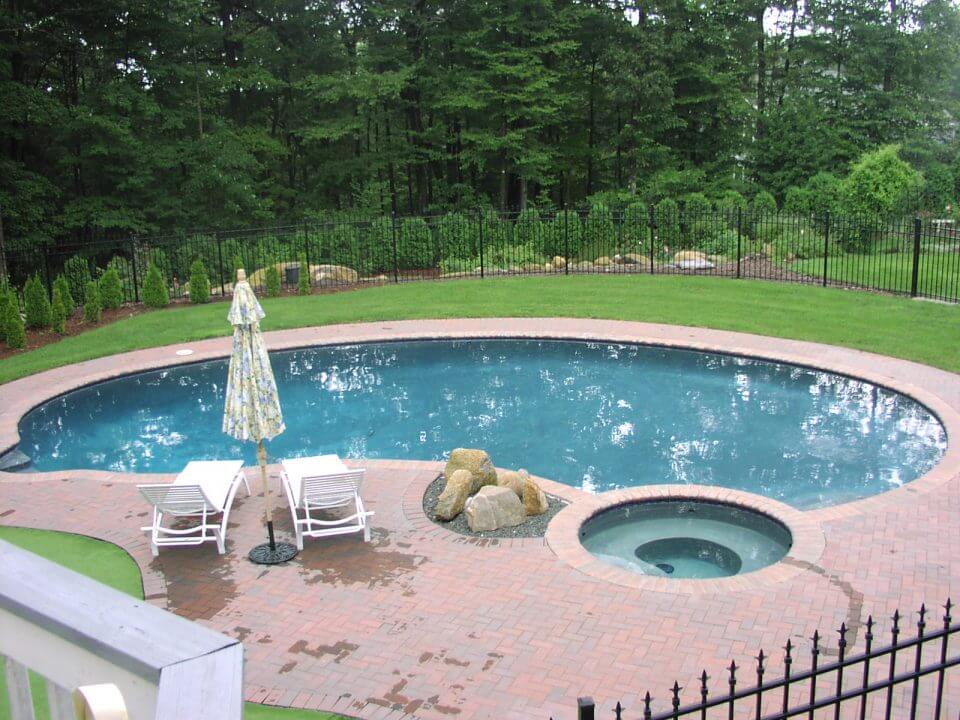HOW TO GET RID OF ALGAE
This summer we gave you a short primer on the different types of algae that one might come across as a pool owner and a few quick tips on how to get rid of these pesky blooms. Now that pools are starting to close down for the season, we thought we would dive into the topic in a little more detail for anyone that is battling a persistent algae problem. The good news is, most algae can be removed without too much back breaking work or heartache. The bad news is, you are going to need a lot of chlorine.
Step One: Sanitation
The first critical step to getting rid of THE MOST persistent algae is to sanitize or get rid of absolutely anything that has come into contact with your pool water (NOT WITH ALL ALGAE – JUST THE MOST PERSISTENT ONES THAT REFUSE TO GO AWAY). This means all pool toys and floating or submersible pool cleaners as well as any pole brushes or nets. This also means that your filter needs to be opened and all cartridges or filter grids need to be thoroughly cleaned or preferably replaced. The last thing you want to do is rid your pool of algae and then immediately reintroduce it through contaminated toys and equipment.
Step Two: Removal
Once the full scale sanitation is completed, it is time to put all of that chlorine to work and give your pool a heavy shock. First, the entire pool should be given a thorough and deep scrubbing. Most algae varieties are completely safe to swim in so consider even getting into the water for extra leverage in areas that are especially taken over by a bloom. Chlorine accelerators designed to specifically treat persistent algae are also available and should be used carefully following all application instructions. It is also important to note once an accelerator is introduced, no swimmers should be entering the pool during this stage of the process as high chlorine levels can be harmful to one’s health.
Step Three: Prevention
If the first two steps did the trick, it is time to get your pool into maintenance mode to prevent any future blooms from occurring. There are a number of algaecides available on the market that stop and prevent algae blooms by disrupting the food producing photosynthesis process. Phosphate removers are also effective at consuming and binding organic material that, if left unchecked, would provide an abundant food source for algae to return and thrive on.
If you run into any trouble while following these steps, feel free to give us a call or have our professional pool maintenance team come out and assist in the process. Algae can be a frustrating part of pool ownership but it is definitely not the end of the world when it shows up.




